It’s not often an article makes me say “woah” out loud.
Scientists have created the world’s first nanophotonic electron accelerator, which speeds negatively charged particles with mini laser pulses and is small enough to fit on a coin.


Atom Computing has created the first quantum computer to surpass 1,000 qubits, which could improve the accuracy of the machines.
By Alex Wilkins
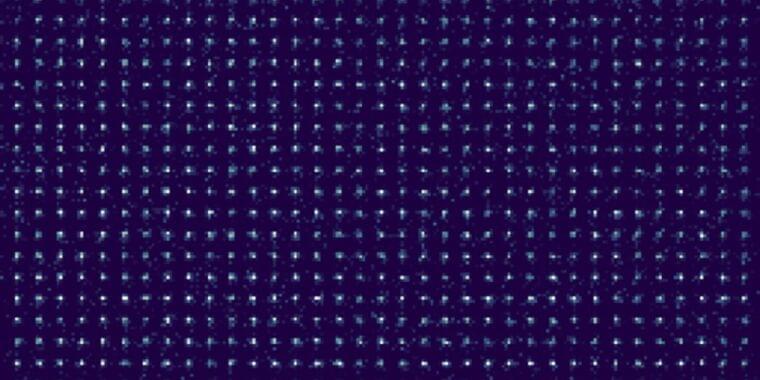
How many qubits do we have to have in a quantum computer and accessble to a wide market to trully have something scfi worthy?
Today, a startup called Atom Computing announced that it has been doing internal testing of a 1,180 qubit quantum computer and will be making it available to customers next year. The system represents a major step forward for the company, which had only built one prior system based on neutral atom qubits—a system that operated using only 100 qubits.
The error rate for individual qubit operations is high enough that it won’t be possible to run an algorithm that relies on the full qubit count without it failing due to an error. But it does back up the company’s claims that its technology can scale rapidly and provides a testbed for work on quantum error correction. And, for smaller algorithms, the company says it’ll simply run multiple instances in parallel to boost the chance of returning the right answer.
Computing with atoms
Atom Computing, as its name implies, has chosen neutral atoms as its qubit of choice (there are other companies that are working with ions). These systems rely on a set of lasers that create a series of locations that are energetically favorable for atoms. Left on their own, atoms will tend to fall into these locations and stay there until a stray gas atom bumps into them and knocks them out.

The neutrino, one of nature’s most elusive and least understood subatomic particles, rarely interacts with matter. That makes precision studies of the neutrino and its antimatter partner, the antineutrino, a challenge. The strongest emitters of neutrinos on Earth—nuclear reactors—play a key role in studying these particles. Researchers have designed the Precision Reactor Oscillation and Spectrum Experiment (PROSPECT) for detailed studies of electron antineutrinos coming from the core of the High Flux Isotope Reactor (HFIR).
Now the PROSPECT research collaboration has reported the most precise measurement ever of the energy spectrum of antineutrinos emitted from the fission of uranium-235 (U-235). These results provide scientists with new information about the nature of these particles.
PROSPECT’s collaborators represent more than 60 participants from 13 universities and four national laboratories. They built a novel antineutrino detector system and installed it with extensive, tailored shielding against background at the HFIR research reactor, a Department of Energy (DOE) Office of Science user facility at Oak Ridge National Laboratory. The research focuses on antineutrinos emerging from the fission of U-235. Produced by nuclear beta decay, antineutrinos are antimatter-particle counterparts to neutrinos.

When scientists measure a particle, it seems to collapse to one fixed state. Yet no one can be sure what’s causing collapse, also called reduction of the state. Some scientists and philosophers even think that wave function collapse is an elaborate illusion. This debate is called the measurement problem in quantum mechanics.
The measurement problem has led many physicists and philosophers to believe that a conscious observer is somehow acting on quantum particles. One proposal is that a conscious observer causes collapse. Another theory is that a conscious observer causes the universe to split apart, spiralling out alternate realities. These worlds would be parallel yet inaccessible to us so that we only ever see things in one single state in whatever possible world we’re stuck in. This is the Multiverse or Many Worlds theory. “The point of view that it is consciousness that reduces the state is really an absurdity,” says Penrose, adding that a belief in Many Worlds is a phase that every physicist, including himself, eventually outgrows. “I shouldn’t be so blunt because very distinguished people seem to have taken that view.” Penrose demurs. He politely but unequivocally waves off the idea that a conscious observer collapses wave functions by looking at them. Likewise, he dismisses the view that a conscious observer spins off near infinite universes with a glance. “That’s making consciousness do the job of collapsing the wave function without having a theory of consciousness,” says Penrose. “I’m turning it around and I’m saying whatever consciousness is, for quite different reasons, I think it does depend on the collapse of the wave function. On that physical process.”
What’s causing collapse? “It’s an objective phenomenon,” insists Penrose. He’s convinced this objective phenomenon has to be the fundamental force: gravity. Gravity is a central player in all of classical physics conspicuously missing from quantum mechanics.
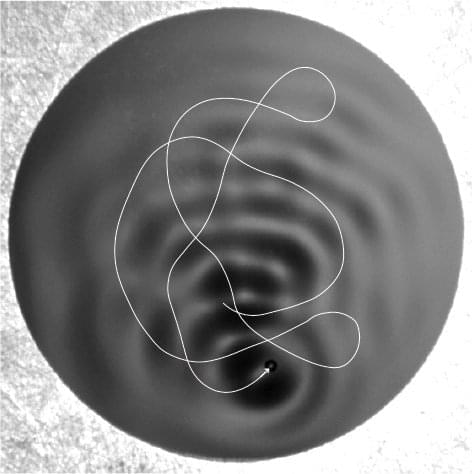
Year 2013 I believe I have seen maybe we are actually in a sorta matrix due to holographic quantum fluid that is throughout reality much like the fabric of the universe but is actually a permeable membrane of reality of quantum fluid. This article details that fluidity of water mimics near all quantum mechanics which would then show then reality may be a holographic quantum fluid as well.
MIT researchers expand the range of quantum behaviors that can be replicated in fluidic systems, offering a new perspective on wave-particle duality.
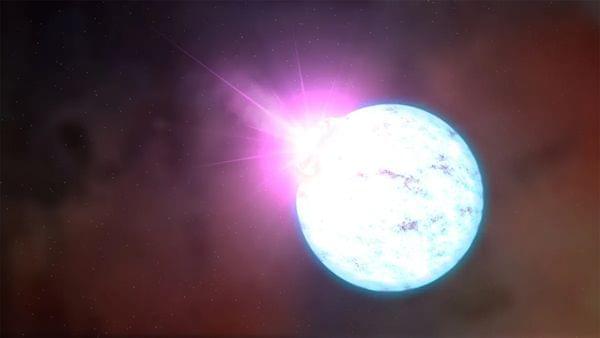
Stars could be sliced in half by “relativistic blades,” or ultra-powerful outflows of plasma shaped by extremely strong magnetic fields, a wild new study suggests. And these star-splitting blades could explain some of the brightest explosions in the universe.
The study authors, based at the Center for Cosmology and Particle Physics at New York University, outlined their results in a paper published in September to the preprint database arXiv. The study has not yet been peer-reviewed.
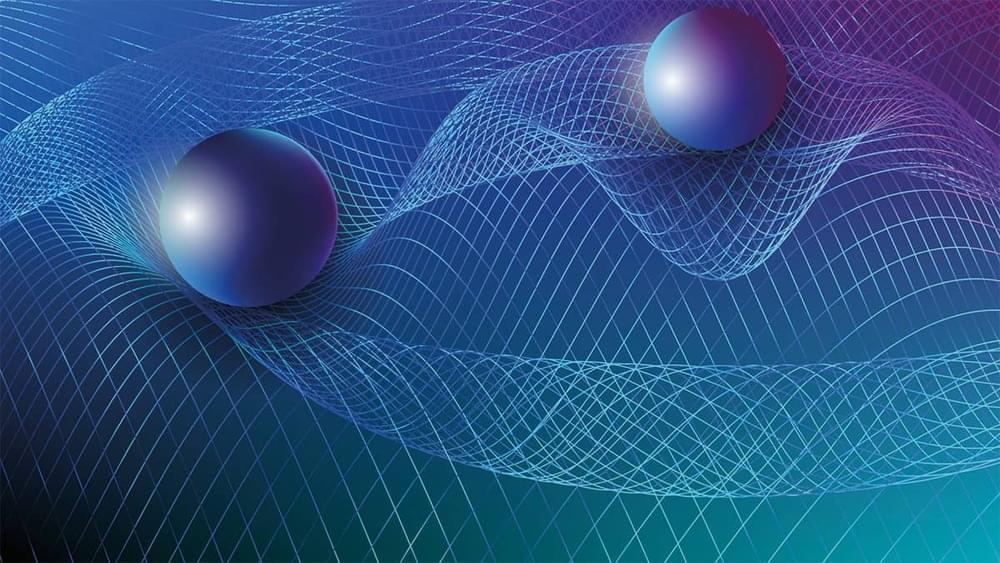
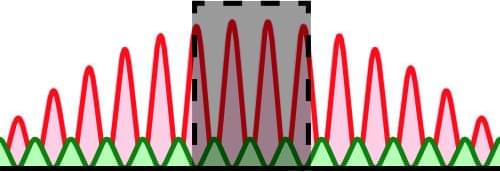

Some have described the last several millennia of human dominion over the earth’s resources as the anthropocene, deriving from the Greek “anthropo” meaning human, and “cene” meaning recent. The last century in particular has been dubbed the fourth industrial revolution, due to the pace of technological innovation ushered in by the advent of computers in the middle of the 20th century.
In the past seventy years, computation has transformed every aspect of society, enabling efficient production at an accelerated rate, displacing human labour from chiefly production to services, and exponentially augmenting information storage, generation, and transmission through telecommunications.
How did we get here? Fundamentally, technological advancement draws on existing science. Without an understanding of the nature of electromagnetism and the structure of atoms, we wouldn’t have electricity and the integrated circuitry that power computers. It was only a matter of time, then, before we thought of exploiting the most accurate, fundamental description of physical reality provided by quantum mechanics for computation.